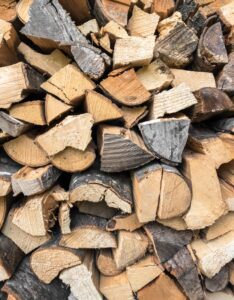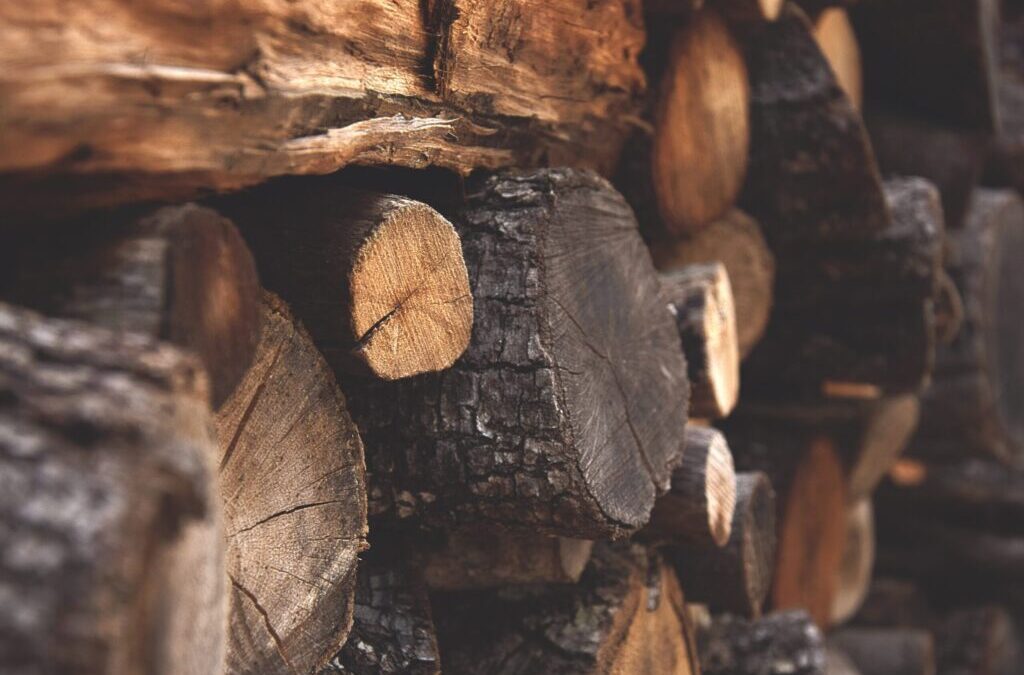Table of Contents
Green wood vs Dry wood – Learn the distinctions and benefits of each
Green and dry wood are two of the most common types of woods used for construction processes. They have different uses and advantages. Therefore, it is essential to understand each type of wood before selecting the best one for your project. In this article, we have compiled a comprehensive list of the primary difference between green and dry wood. Keep reading to learn more.
Green Wood
- The unseasoned and freshly cut down wood is referred to as green wood. It has a moisture content of 100% compared to kiln-dried or seasoned wood.
Dried Wood
- When wood is dried to reduce its moisture content to 20% or below, it is referred to as dried or seasoned wood. The following two types of processes are used for drying wood.
Air Drying
- Air drying is the traditional method of drying wood. In this method, wood is left to dry in the air. This process gives wood certain flexibility.
Kiln Drying
- The wood that is sawn, placed in a kiln, and dried using controlled temperature and humidity conditions is known as kiln-dried wood.
Kiln-drying is a faster and more efficient way to dry wood instead of air drying. In addition, the wood produced by kiln drying is much harder and better suited for construction projects.
Difference Between Green Wood And Dry Wood
The following points will help you differentiate these two kinds of wood.
Source Of Fuel
- Burners are loaded with green wood when a controlled, low-temperature fire is needed. However, kiln-dried wood is the ideal choice if you want to light a smoke-free fire.
Since it has less moisture, dry wood will burn faster and smoother. When looking for a source of fuel, always go for dry wood, as it is much more efficient. Its reduced moisture content ensures a continuous fire, unlike green wood.
Popularity
- Dry wood has always been a popular choice for construction. Homeowners prefer dry wood for construction and decorative purposes because of its lower moisture content, durability, and resistance to pest infestations.
Greenwood has also been used for construction purposes over the past few years because it is lower in cost and eco-friendly in nature.
House Framing
- Kiln-dried wood is preferably used for house framing since lumber is quickly dried using a kiln which saves time. This adds a significant level of convenience to wood drying. Many homeowners use green wood to construct building frames because it is less expensive and eco-friendly.
However, it has a few considerations:
- A building constructed with green wood requires good air circulation to prevent mold growth.
- Green lumber may not fasten correctly. In addition, when the lumber is thoroughly dried, it may split at the fastening points.
- The green wood shrinks as it dries, causing problems with the house frame. It is, therefore, better to use kiln-dried wood for the construction of a frame.
Structural Changes
 During the drying process, the wood undergoes the necessary changes and reaches full maturity in terms of color and density. When you work with this type of wood, you won’t receive any surprises.
During the drying process, the wood undergoes the necessary changes and reaches full maturity in terms of color and density. When you work with this type of wood, you won’t receive any surprises.
The structure and form of dry wood will not change once the project has finished, and this is one of the best advantages of working with dry wood.
Pest Resistance
- In addition, when left in a heap in the storage room, kiln-dried wood won’t allow mold to form on it. On the other hand, Greenwood has to be kept away from moisture to prevent insect and pest infestation.
Bol Design Inc. produces high-quality lumber kilns that efficiently remove the moisture from the firewood and make it drier. To get more information about our lumber kilns and other equipment, call us at 828-754-7001. Our office is located in Hudson, NC.

